Compact cameras continue to be a favorite among enthusiasts, travelers, and vloggers. Despite the rise of smartphone photography, these pocket-friendly devices offer unmatched image quality and versatility. In this review, we compare two leading models—the Canon PowerShot G7 X Mark II and the Sony RX100 VII. We explore every detail—from what’s in the box and physical design to imaging performance, shooting controls, connectivity, battery life, and additional features—so you can decide which camera best meets your creative needs.
Price & Accessories
Canon PowerShot G7 X Mark II:
The PowerShot G7 X Mark II is available for $749.99 on Canon’s site and is aimed at users who want a high-performance yet affordable compact camera. Inside the box of the Canon PowerShot G7 X Mark II, you will find the camera body, a Battery Pack NB-13L, a Battery Charger CB-2LH, and a Wrist Strap WS-DC12. This package provides all the essentials to get started with your photography right away.
Sony RX100 VII:
The RX100 VII is priced at $1,299.99 on Sony’s site and caters to those who demand advanced features and versatility. The Sony RX100 VII comes with the camera body, a Rechargeable Battery Pack NP-BX1, an AC Adapter, a Micro USB Cable, a Wrist Strap with a Strap Adapter, and an Instruction Manual in the box. These items ensure that you have everything needed for immediate use, along with accessories that support a versatile shooting experience.
Design & Build
Canon PowerShot G7 X Mark II:
The Canon PowerShot G7 X Mark II features a compact, modern design with dimensions of 4.15 x 2.40 x 1.65 inches (105.5 x 60.9 x 42.0 mm) and weighs approximately 11.3 ounces (with battery & memory card). Its robust yet lightweight body is designed for portability and ease of use, enhanced by an integrated manual control ring that allows for rapid adjustments to key settings.
Sony RX100 VII:
The Sony RX100 VII presents a sleek, premium design with approximate dimensions of 4 x 2.3 x 1.7 inches and a weight of around 10.7 ounces when fully assembled. It features a versatile form factor that appeals to both photographers and vloggers, and includes a 180° flip touchscreen for effortless selfie and vlogging support.
Image Quality
Canon PowerShot G7 X Mark II:
Equipped with a 20.1-megapixel effective 1.0-inch CMOS sensor (total pixels of approximately 20.9 MP), the Canon G7 X Mark II leverages its DIGIC 7 Image Processor to deliver excellent detail, vibrant colors, and impressive low-light performance. Its sensor’s ability to capture extensive scene data also allows for effective cropping while preserving image quality.
Sony RX100 VII:
The Sony RX100 VII also features a 20.1-megapixel 1-inch CMOS sensor designed to produce sharp, vibrant images with a strong dynamic range. Combined with advanced noise reduction technology, it ensures that even at high ISO settings, the images remain clean, making it ideal for various shooting conditions.
Lens & Zoom Range
Canon PowerShot G7 X Mark II:
The Canon G7 X Mark II comes with a 4.2x optical zoom lens that covers a 35mm-equivalent focal length of 24–100mm. It offers a fast aperture range of f/1.8 at the wide end to f/2.8 at the telephoto end, which excels in low-light conditions and produces beautiful background blur for versatile everyday photography.
Sony RX100 VII:
The Sony RX100 VII is equipped with a ZEISS® Vario-Sonnar T* lens that provides an 8x optical zoom, covering a 35mm-equivalent range of 24–200mm. Its aperture ranges from f/2.8 at the wide end to f/4.5 at the telephoto end, offering a broader focal range ideal for capturing distant subjects, though with a slightly smaller maximum aperture in low-light compared to Canon’s lens.
Comparison Chart
Autofocus & Shooting Performance
Canon PowerShot G7 X Mark II:
The Canon G7 X Mark II employs a TTL autofocus system with the flexibility of manual focus, enhanced by its integrated control ring that allows for quick adjustments to aperture, ISO, and focus settings. It offers multiple continuous shooting speeds, including up to 8.0 shots per second in one-shot high mode and up to 5.4 shots per second in servo mode, making it suitable for capturing fast-moving subjects.
Sony RX100 VII:
The Sony RX100 VII features a sophisticated Fast Hybrid AF system that combines 357 phase-detection and 425 contrast-detection points. Enhanced by real-time tracking and Eye AF, this system ensures precise focus on moving subjects. It also supports up to 20fps blackout-free continuous shooting and burst modes that reach up to 90fps, making it excellent for action-packed scenarios.
Video Capabilities
Canon PowerShot G7 X Mark II:
For video, the Canon G7 X Mark II offers Full HD 1080p recording at 60 fps, making it suitable for everyday videography and casual projects. However, it does not support 4K recording, which may be a limitation for users seeking ultra-high-definition video.
Sony RX100 VII:
The Sony RX100 VII excels in video recording, offering 4K HDR (HLG) recording at 30p and the ability to record HD video at 120p for slow-motion effects. Additionally, its dedicated microphone jack ensures superior audio quality, making it a top choice for vloggers and content creators.
Shooting & Exposure Controls
Canon PowerShot G7 X Mark II:
The Canon G7 X Mark II offers a wide variety of shooting modes, including creative modes such as C, M, Av, Tv, and P, along with Hybrid Auto and specialized effects like Portrait, Nightscape, HDR, and Toy Camera Effect. It features comprehensive exposure controls, with an ISO sensitivity range from ISO 125–6400 (expandable to ISO 12800 in P mode), shutter speeds ranging from 15 seconds to 1/2000 second, and exposure compensation of up to ±3 stops. In addition, it provides extensive white balance settings and a built-in flash with multiple modes and compensation options.
Sony RX100 VII:
The Sony RX100 VII is equipped with a range of shooting modes, including Intelligent Auto, Manual Exposure, Aperture Priority, Shutter Speed Priority, and Memory Recall. It also offers a dedicated movie mode with high frame rate (HFR) for slow motion, as well as modes for panorama and scene selection. Its exposure controls include ISO settings from ISO100 to ISO12800 (expandable to ISO64/80) and both electronic and mechanical shutter speeds, providing full creative control.
Display & Viewfinder
Canon PowerShot G7 X Mark II:
The Canon G7 X Mark II features a 3.0-inch tilting LCD touchscreen with a resolution of approximately 1.04 million dots. Although it does not have a built-in viewfinder, the touchscreen interface offers intuitive navigation and easy framing, which simplifies adjusting settings on the fly.
Sony RX100 VII:
The Sony RX100 VII provides a 3.0-inch 180° flip touchscreen with about 921,600 dots, ideal for selfies and vlogging. In addition, it includes a 0.39-inch OLED electronic viewfinder with a high resolution of roughly 2,359,296 dots and diopter adjustment, offering excellent clarity and a more traditional shooting experience when desired.
Image Stabilization
Canon PowerShot G7 X Mark II:
The Canon G7 X Mark II is equipped with Intelligent IS, which provides electronic image stabilization to reduce camera shake during handheld shooting, resulting in clearer images and smoother videos.
Sony RX100 VII:
The Sony RX100 VII employs a combination of optical and electronic image stabilization, which enhances performance in both still photography and video, particularly in dynamic shooting environments.
Connectivity & Usability
Canon PowerShot G7 X Mark II:
The Canon G7 X Mark II comes with built-in Wi-Fi and NFC capabilities, allowing for seamless remote control and file transfer through the Canon Camera Connect App. Its straightforward interface, complemented by the manual control ring, makes it easy to adjust settings quickly, catering to both beginners and advanced users.
Sony RX100 VII:
The Sony RX100 VII offers a robust set of connectivity options, including Wi-Fi, Bluetooth, and NFC, along with USB and Micro HDMI ports for data transfer and external display connectivity. Coupled with its 180° flip touchscreen and high-resolution OLED electronic viewfinder, this camera is highly versatile for both photography and vlogging.
Battery & Power
Canon PowerShot G7 X Mark II:
The Canon G7 X Mark II is powered by an NB-13L rechargeable battery, which is rated for approximately 265 shots with the screen on (CIPA compliant) and up to 355 shots in ECO mode. It also supports in-camera USB charging via the CA-DC30 adapter, which takes about 5 hours to fully charge, ensuring reliable performance for extended shooting sessions.
Sony RX100 VII:
The Sony RX100 VII uses an NP-BX1 rechargeable battery, offering an estimated 260 shots when using the monitor and approximately 240 shots via the EVF. Although movie shooting durations vary by mode, the battery is designed to support its advanced shooting capabilities.
Pros & Cons
Canon PowerShot G7 X Mark II
Pros:
✔ Compact, lightweight design with robust manual controls including a dedicated control ring
✔ Fast f/1.8 lens enables excellent low-light performance and pleasing bokeh
✔ Comprehensive shooting modes, solid exposure controls, and versatile connectivity (Wi-Fi, NFC)
✔ Affordable price with additional developer API options for advanced users
Cons:
✖ Limited to Full HD video recording (no 4K support)
✖ Lacks an optical viewfinder—may not appeal to advanced photographers seeking alternative viewing methods
✖ Fewer advanced autofocus and high-speed shooting features compared to the Sony RX100 VII
Sony RX100 VII
Pros:
✔ Advanced Fast Hybrid AF with real-time tracking and Eye AF for precise focus on moving subjects
✔ 4K HDR video recording and high-speed slow-motion capture for exceptional video versatility
✔ Extended 8x optical zoom (24–200mm) offers greater reach for varied shooting scenarios
✔ Superior connectivity options (Wi-Fi, Bluetooth, NFC, Micro HDMI) and a high-resolution OLED EVF
Cons:
✖ Higher price point may be a barrier for budget-conscious buyers
✖ Maximum aperture of f/2.8 at the wide end can limit low-light performance compared to Canon’s f/1.8
✖ Complex menu systems and extensive features might be overwhelming for beginners
Final Verdict—Which One Should You Choose?
Both the Canon PowerShot G7 X Mark II and the Sony RX100 VII pack impressive features into their compact bodies, but they cater to slightly different needs.
- If you’re looking for a camera that offers intuitive manual controls, a fast lens for superior low-light performance, and an affordable price tag, the Canon G7 X Mark II is an excellent choice.
- However, if you demand advanced autofocus with real-time tracking, 4K HDR video capabilities, an extended zoom range, and versatile connectivity—especially for dynamic shooting and vlogging—the Sony RX100 VII stands out, despite its higher cost.
FAQs
How do I transfer photos from the Sony RX100 VII to my iPhone?
To transfer photos from the Sony RX100 VII to your iPhone, use the built-in Wi-Fi feature. Install the Imaging Edge Mobile app on your iPhone, enable Wi-Fi on the RX100 VII, and follow the on-screen instructions to pair the devices and transfer your images wirelessly.
What connectivity options does the Canon PowerShot G7 X Mark II offer for file sharing?
The Canon PowerShot G7 X Mark II features built-in Wi-Fi and NFC, allowing for easy file transfer. Using the Canon Camera Connect App, you can quickly transfer photos and videos to your smartphone or tablet and even remotely control the camera.
How do I update the firmware on the Canon PowerShot G7 X Mark II?
Firmware updates for the Canon PowerShot G7 X Mark II can be downloaded from Canon’s official website. Follow the provided instructions—typically involving copying the firmware file to an SD card and inserting it into the camera—to complete the update process.
What shooting modes are available on the Sony RX100 VII?
The Sony RX100 VII offers a wide range of shooting modes including Intelligent Auto, Manual Exposure, Aperture Priority, Shutter Speed Priority, and Memory Recall. It also has a dedicated Movie Mode with high frame rate (HFR) for slow motion, along with Panorama and Scene Selection modes.
How can I improve low-light performance on the Canon PowerShot G7 X Mark II?
To enhance low-light performance on the Canon PowerShot G7 X Mark II, utilize its fast f/1.8 aperture and lower ISO settings when possible. Shooting in RAW format can also provide greater flexibility during post-processing to reduce noise and enhance details.
Does the Canon PowerShot G7 X Mark II include an optical viewfinder?
No, the Canon PowerShot G7 X Mark II does not include an optical viewfinder. Instead, it relies on its 3.0-inch tilting LCD touchscreen for composing shots and reviewing images.
How do I connect the Sony RX100 VII to an external display?
The Sony RX100 VII features a Micro HDMI port that allows you to connect the camera directly to an external monitor or display. Simply use a compatible Micro HDMI cable to link the camera to your display device.
What battery life can I expect from the Canon PowerShot G7 X Mark II?
The Canon PowerShot G7 X Mark II is powered by an NB-13L rechargeable battery and is rated for approximately 265 shots with the screen on, or up to 355 shots in ECO mode, ensuring extended shooting sessions.
What battery life can I expect from the Sony RX100 VII?
The Sony RX100 VII uses an NP-BX1 rechargeable battery and is estimated to capture around 260 shots when using the monitor, or approximately 240 shots via the electronic viewfinder (EVF), depending on shooting conditions.
What camera do most TikTokers use?
While many rely on smartphones, a significant number of professional and semi-professional TikTokers prefer using cameras like the Sony RX100 VII. Its 4K HDR video recording, high-speed autofocus with real-time tracking, and flip-screen design make it ideal for capturing engaging video content. That said, some TikTokers also opt for the Canon PowerShot G7 X Mark II for its portability and strong performance in low-light conditions.
What camera is everyone using on Instagram?
Many influencers and enthusiasts who seek high-quality images often turn to compact cameras like the Canon PowerShot G7 X Mark II and the Sony RX100 VII—both of which are highlighted in our article. The Canon is appreciated for its portability and excellent low-light performance, while the Sony is favored for its advanced autofocus and 4K video capabilities. Ultimately, the choice depends on the type of content and the creator’s specific needs.

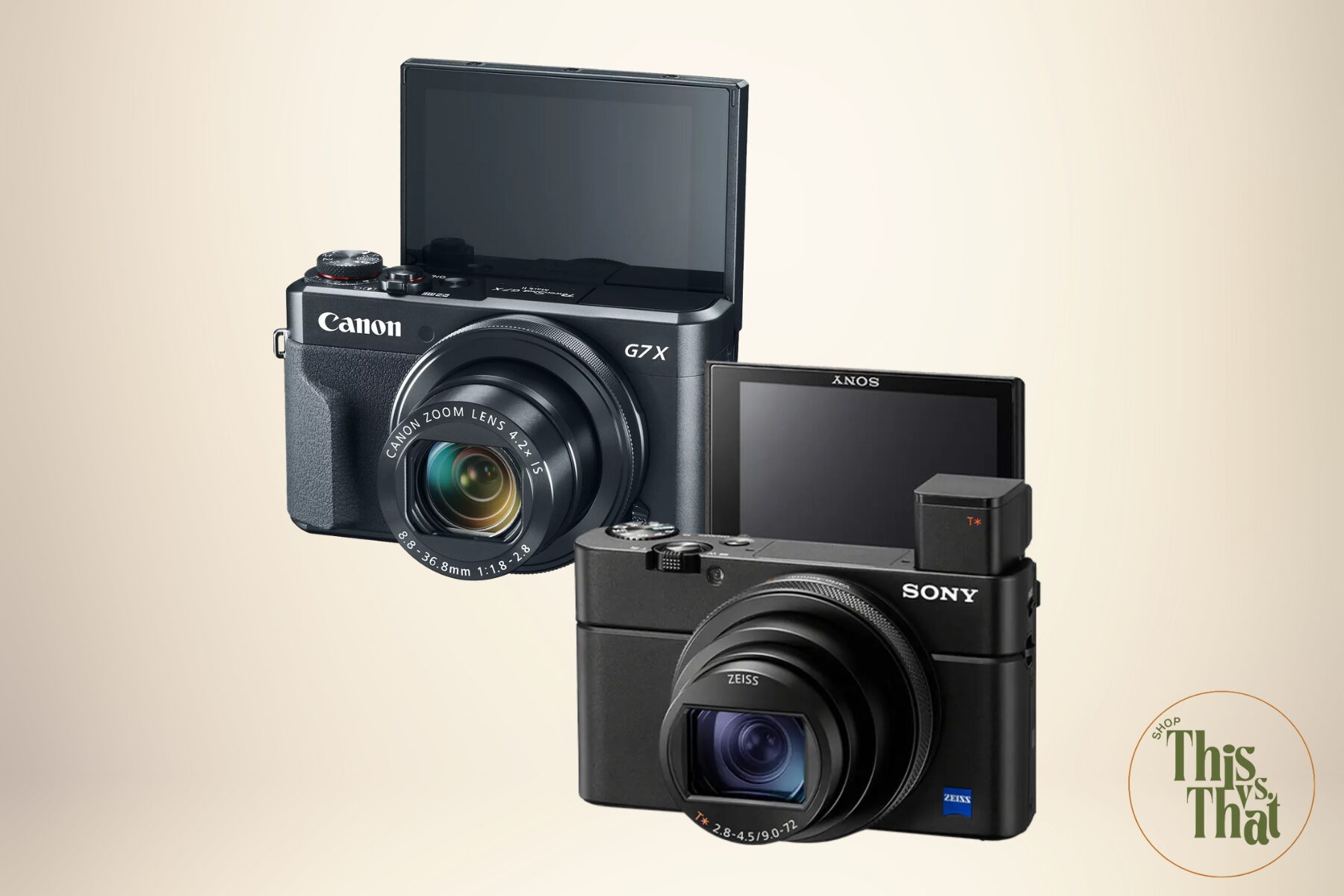

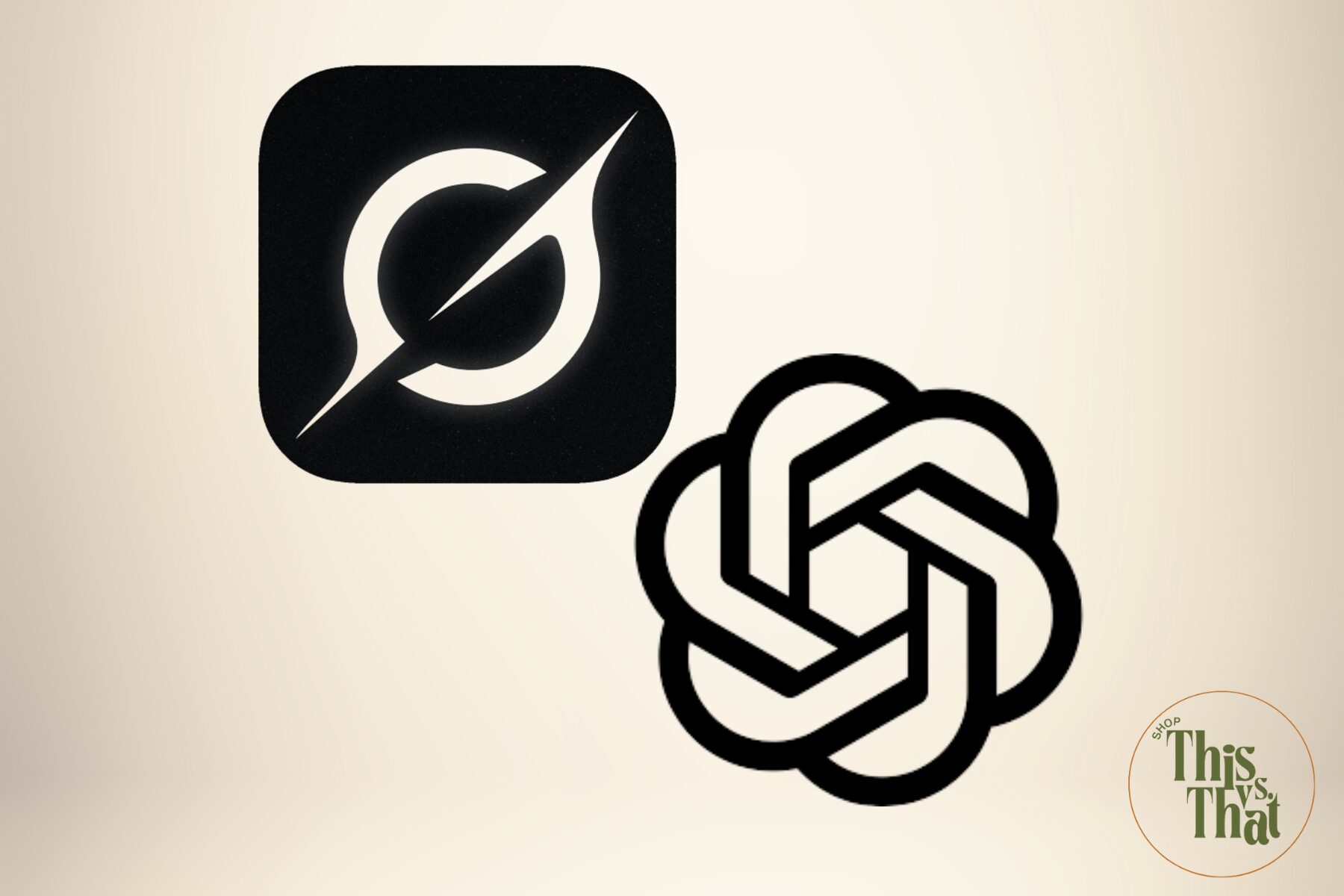
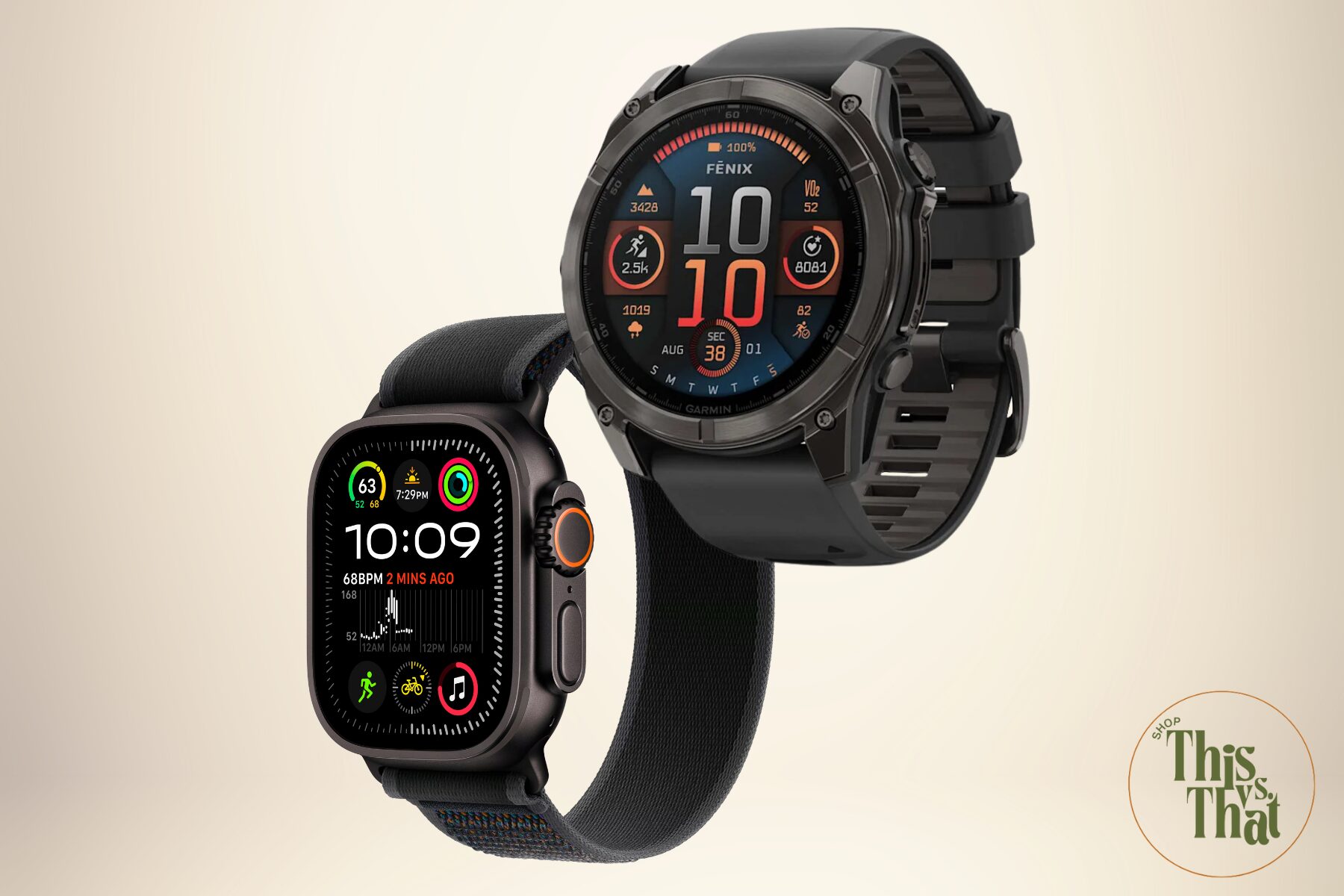
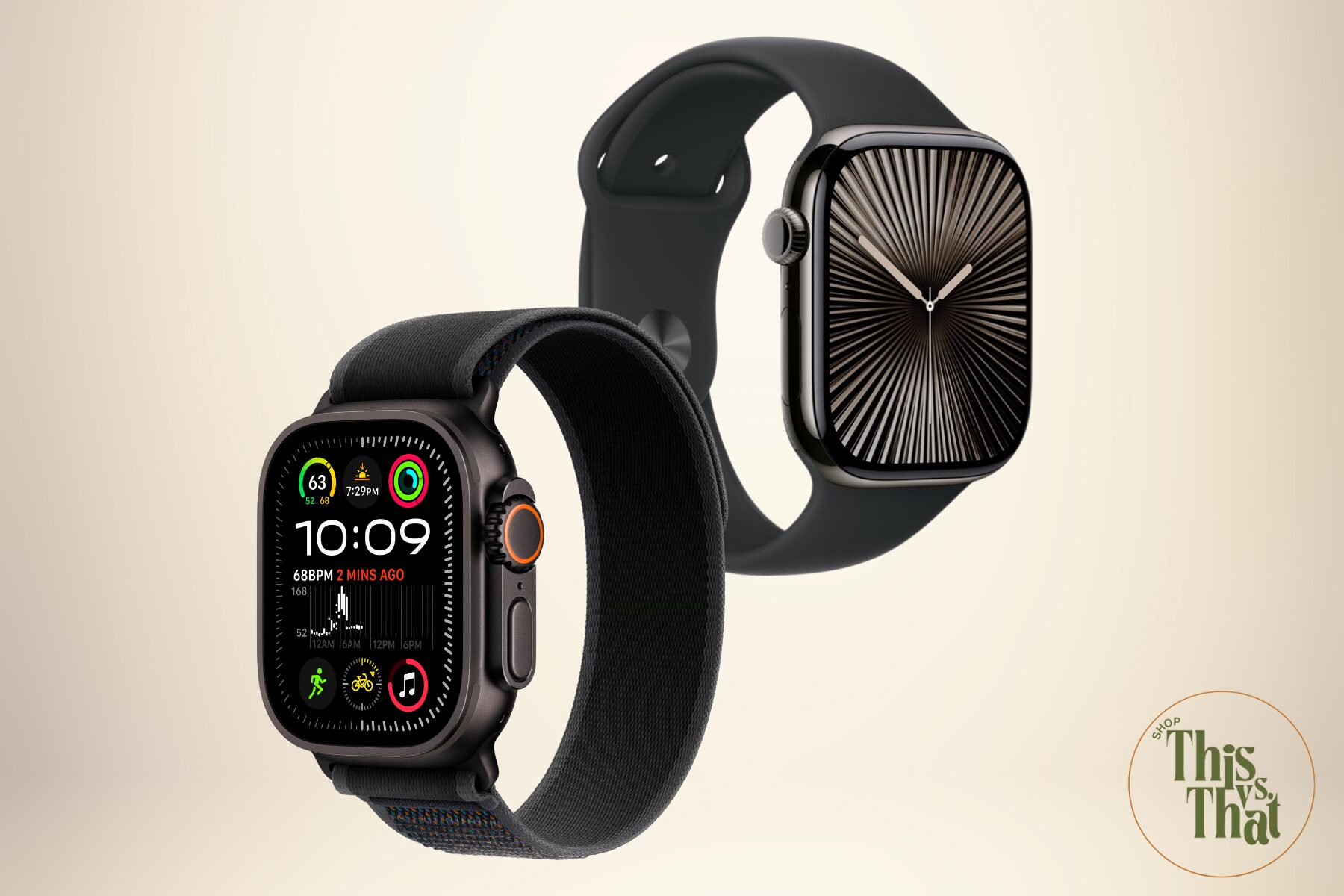


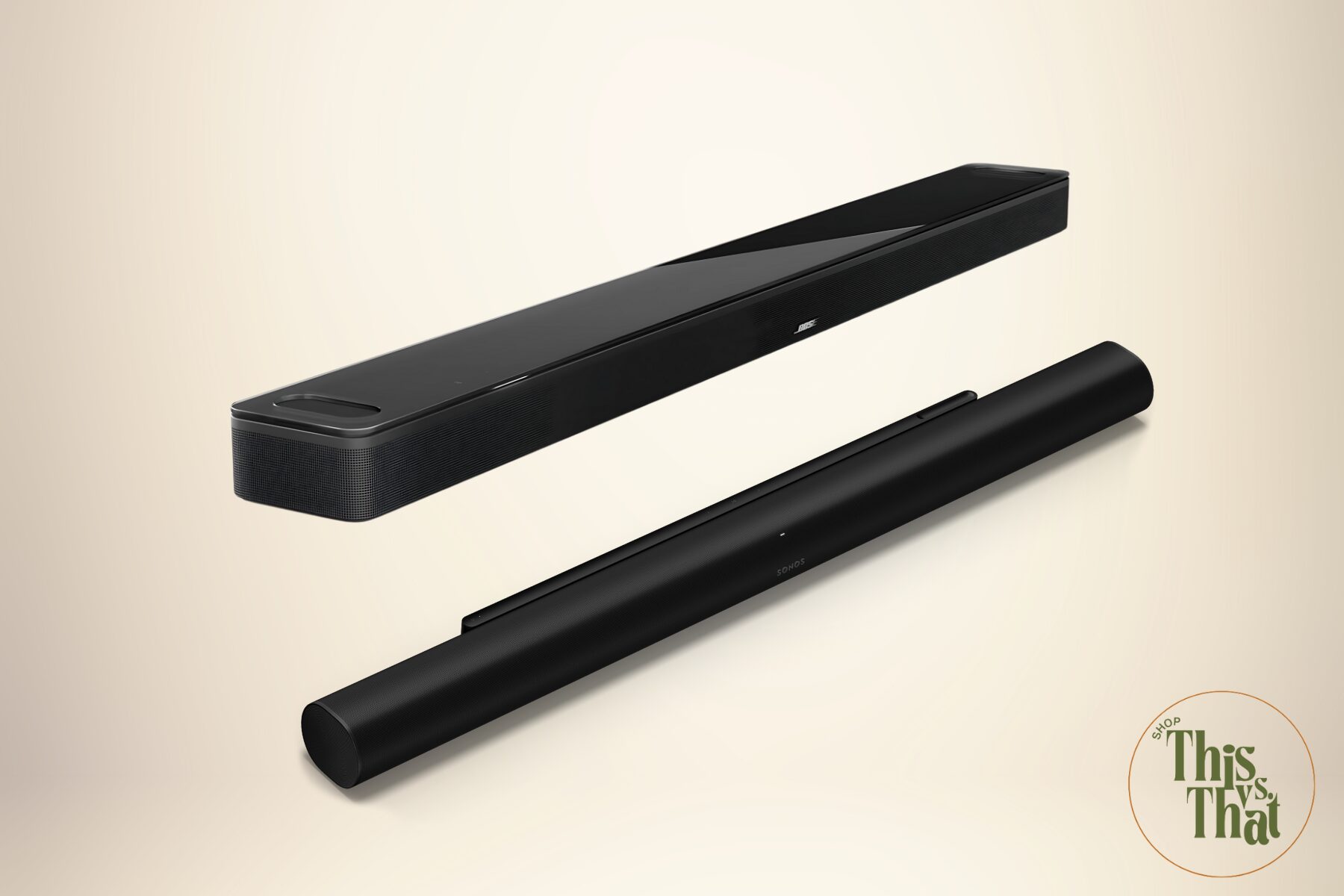
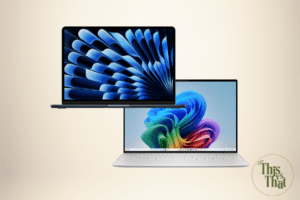
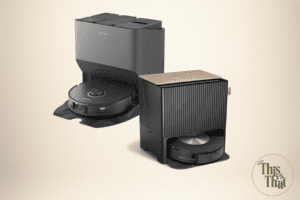
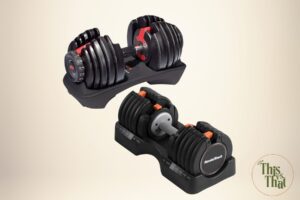

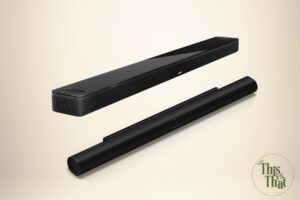
Leave a Reply